Why do people scale walls? Whether you are a climber yourself, an academic, or a student, my answers to this question may surprise you.
I hope they surprise you.
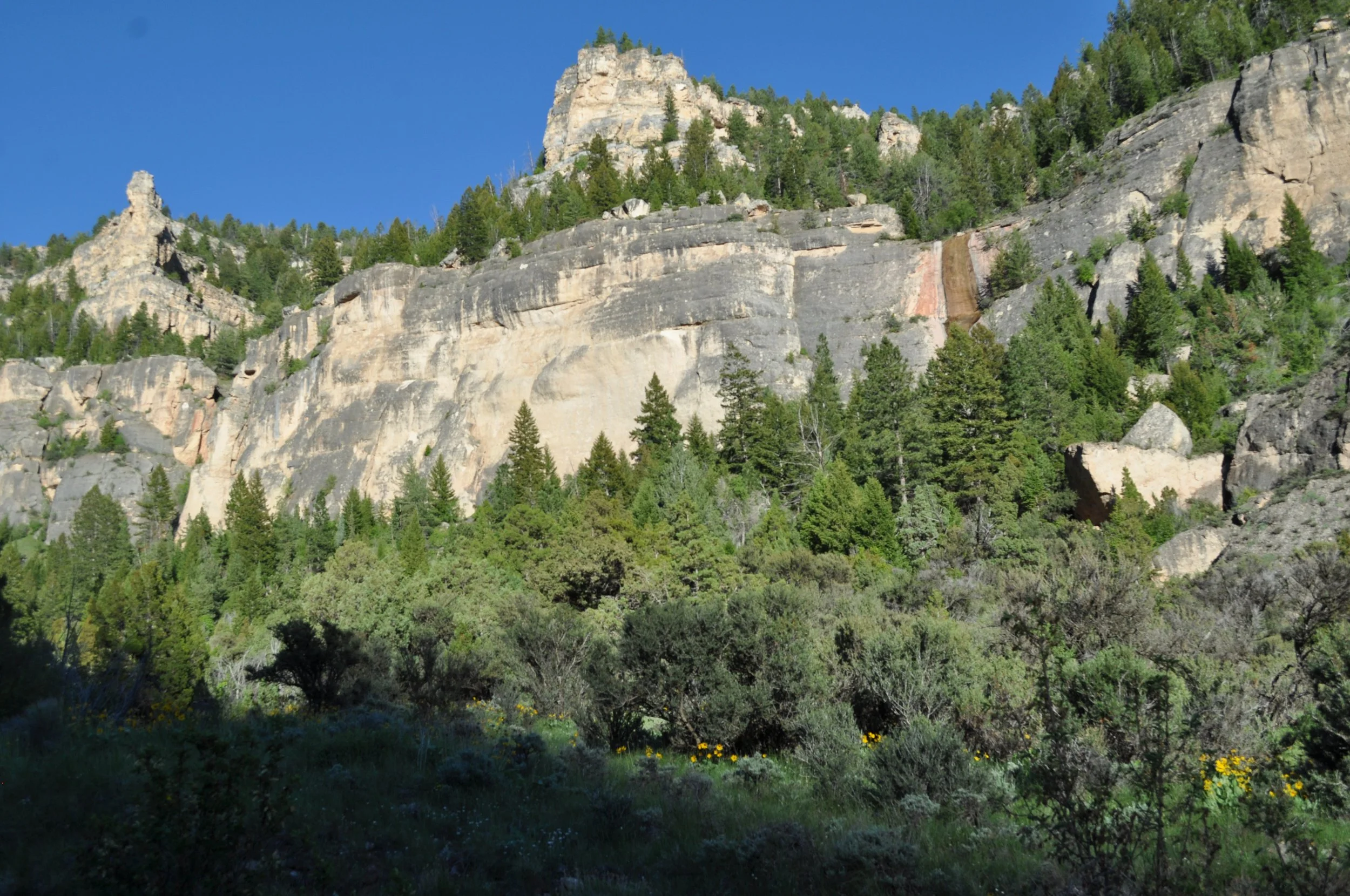

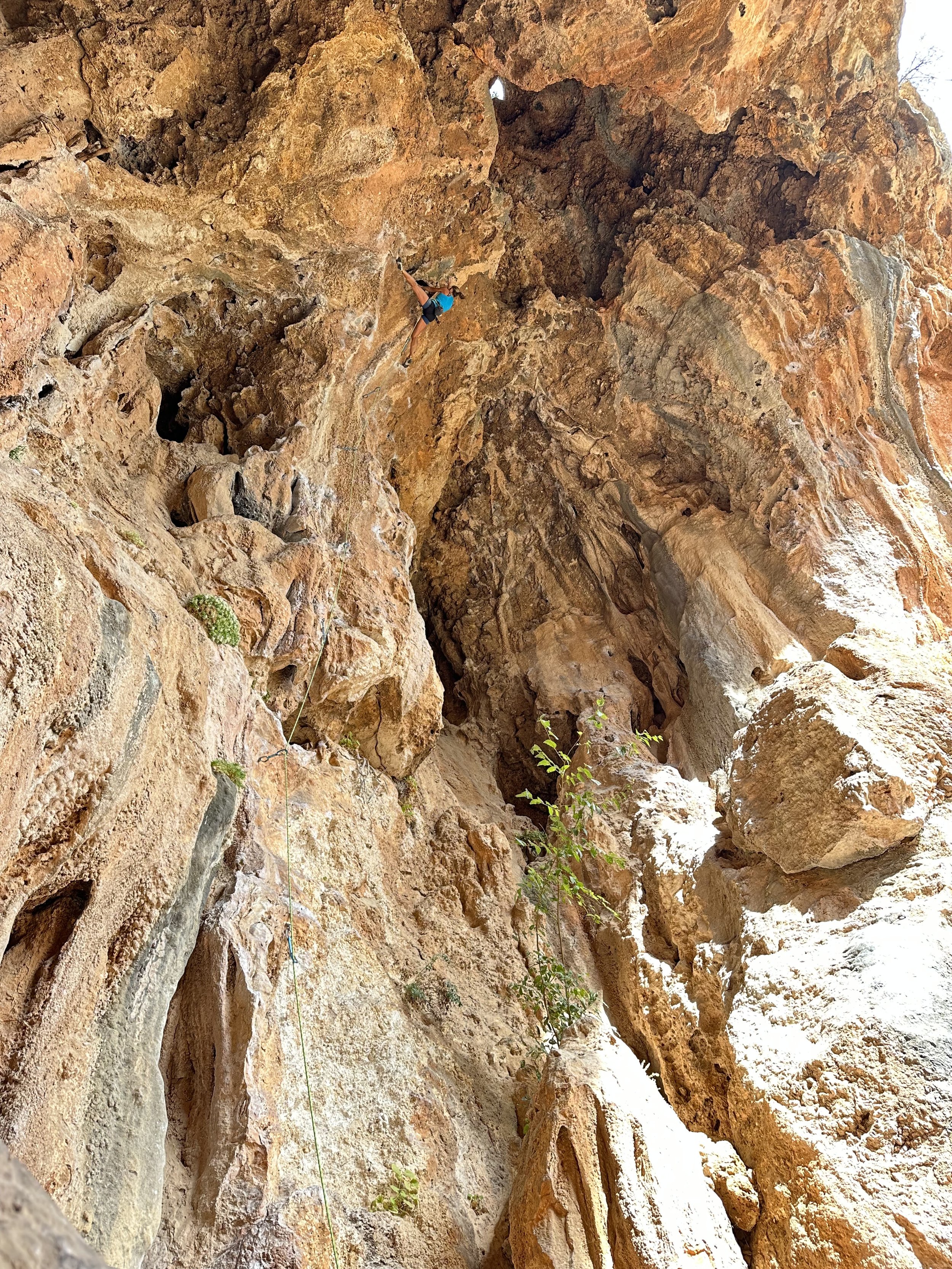
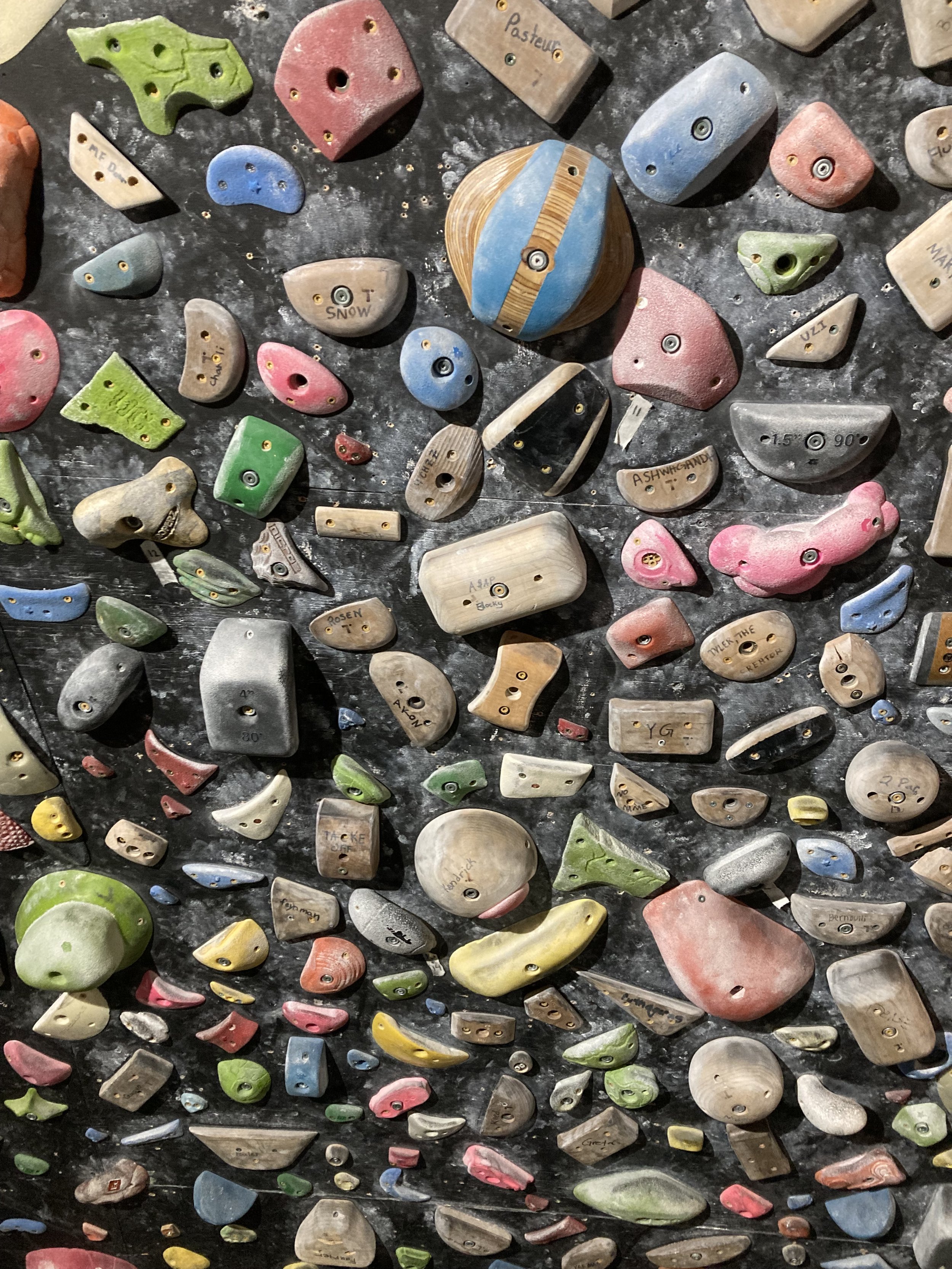
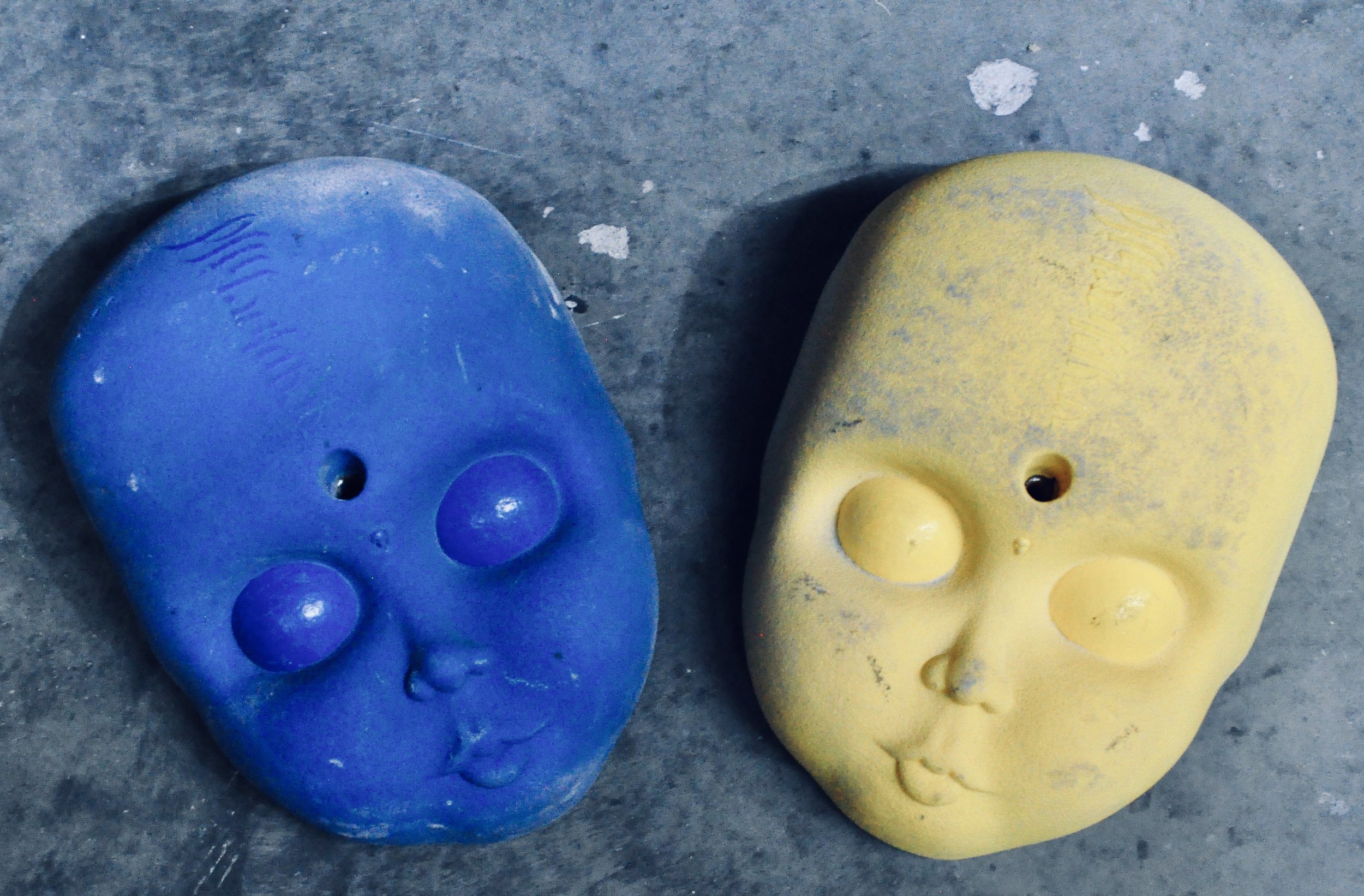
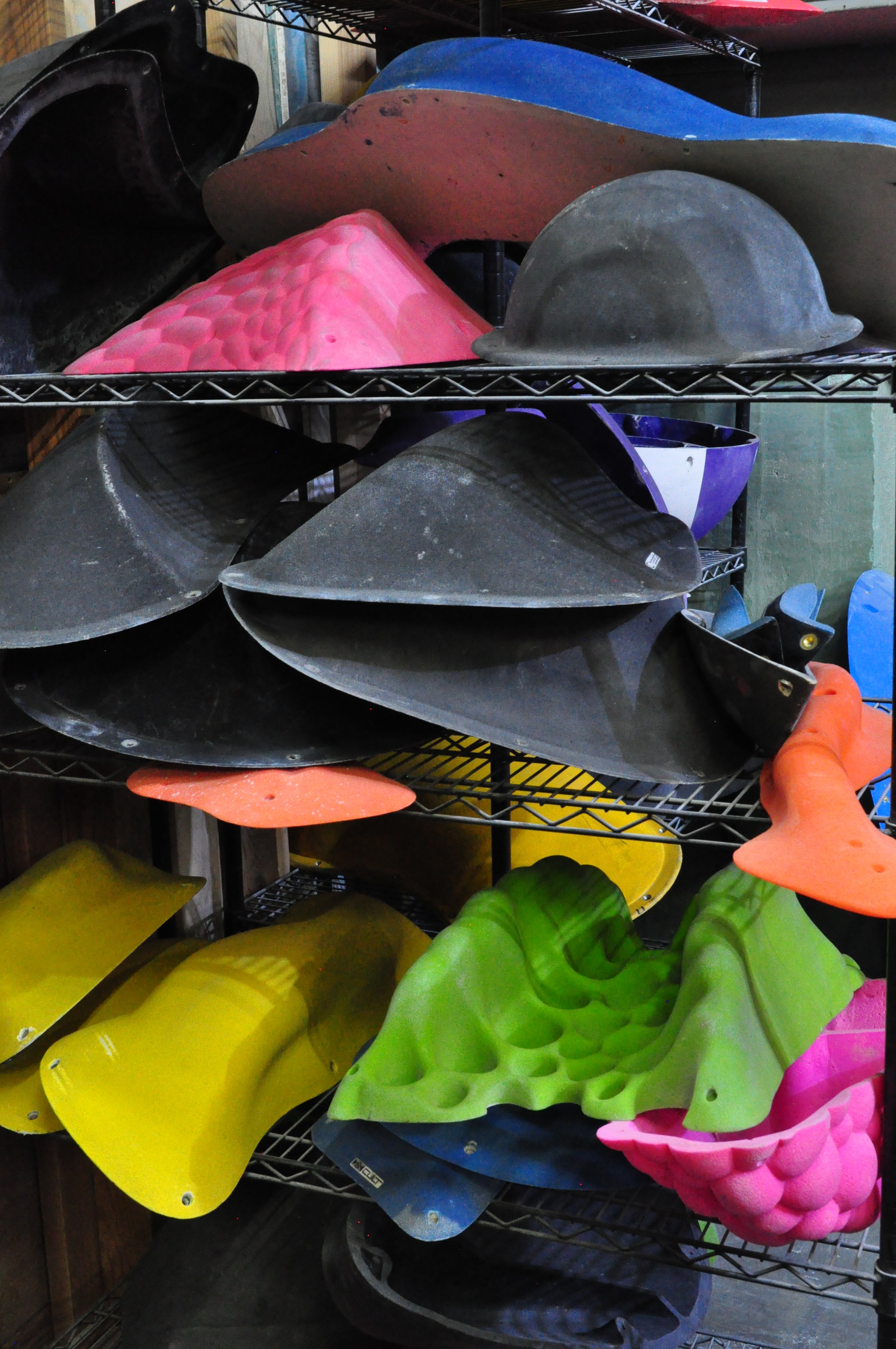
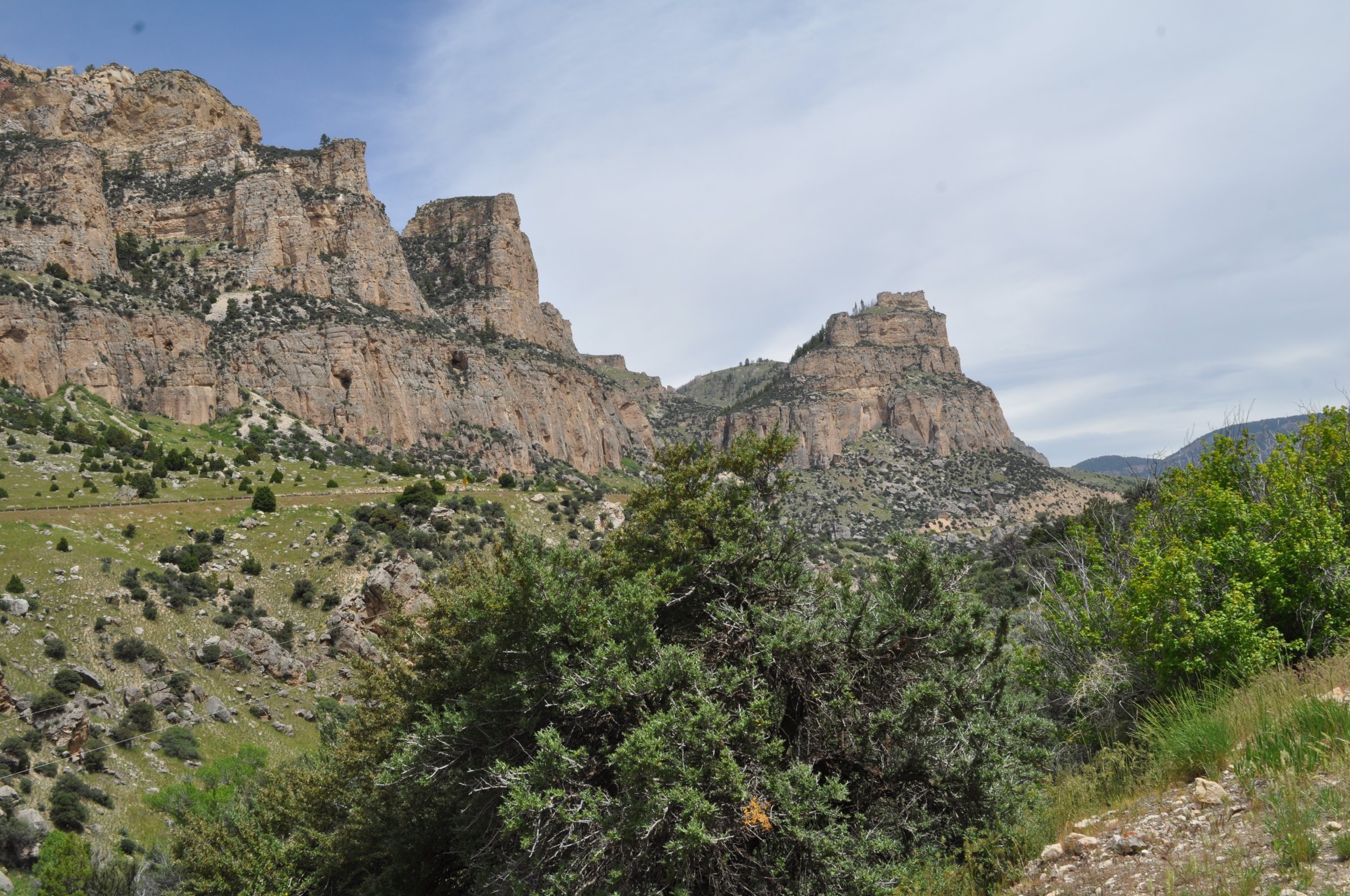
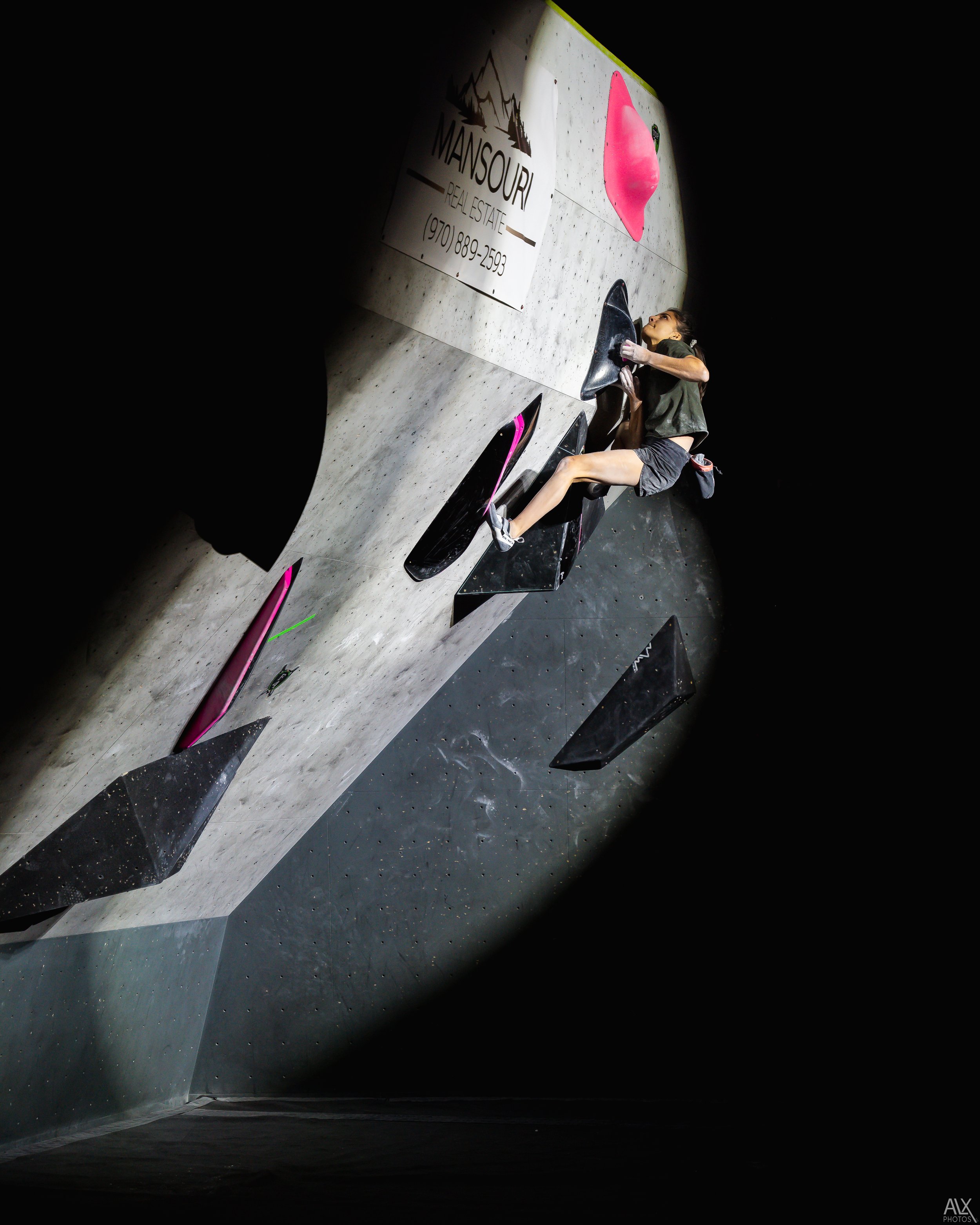

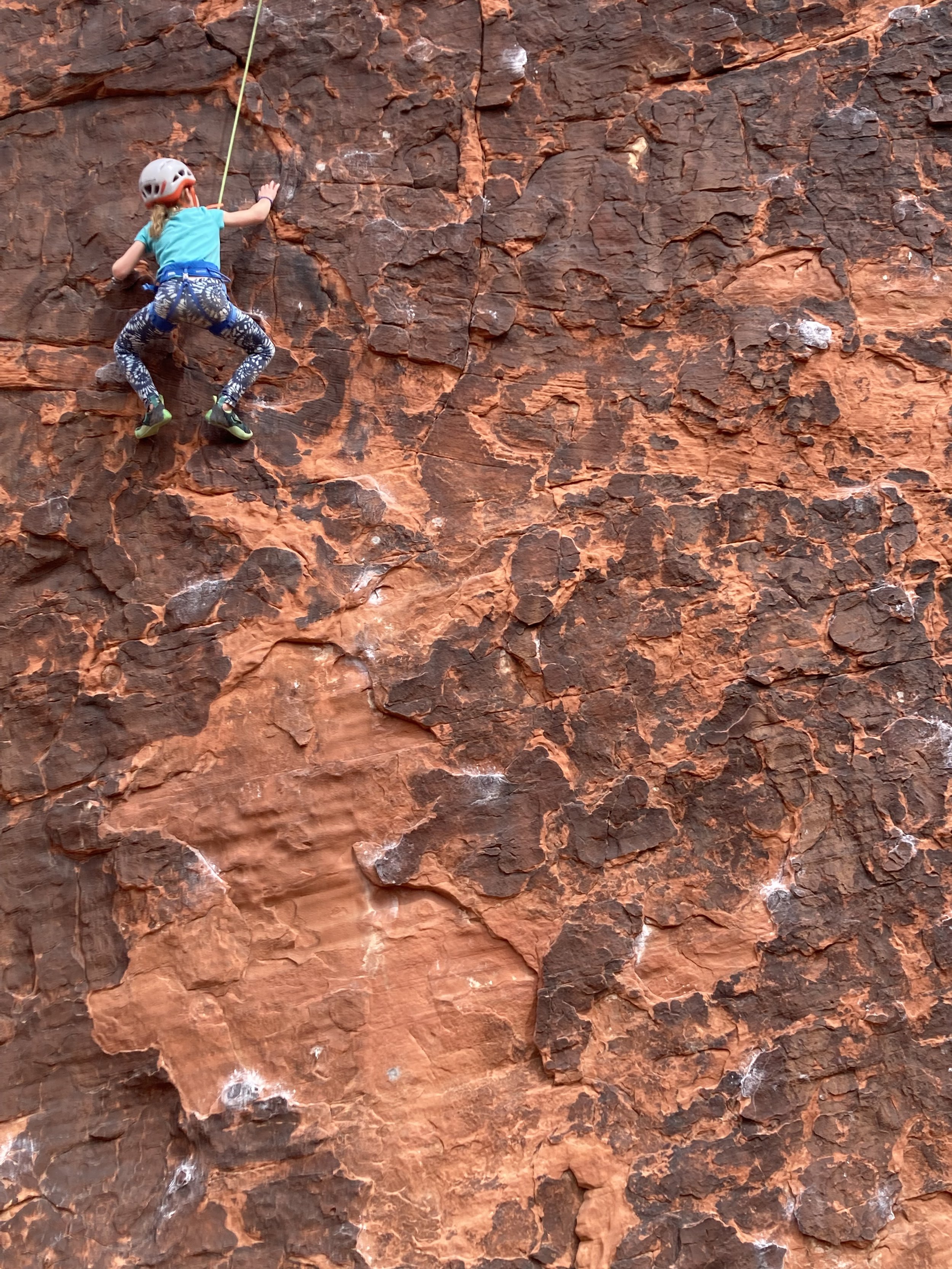
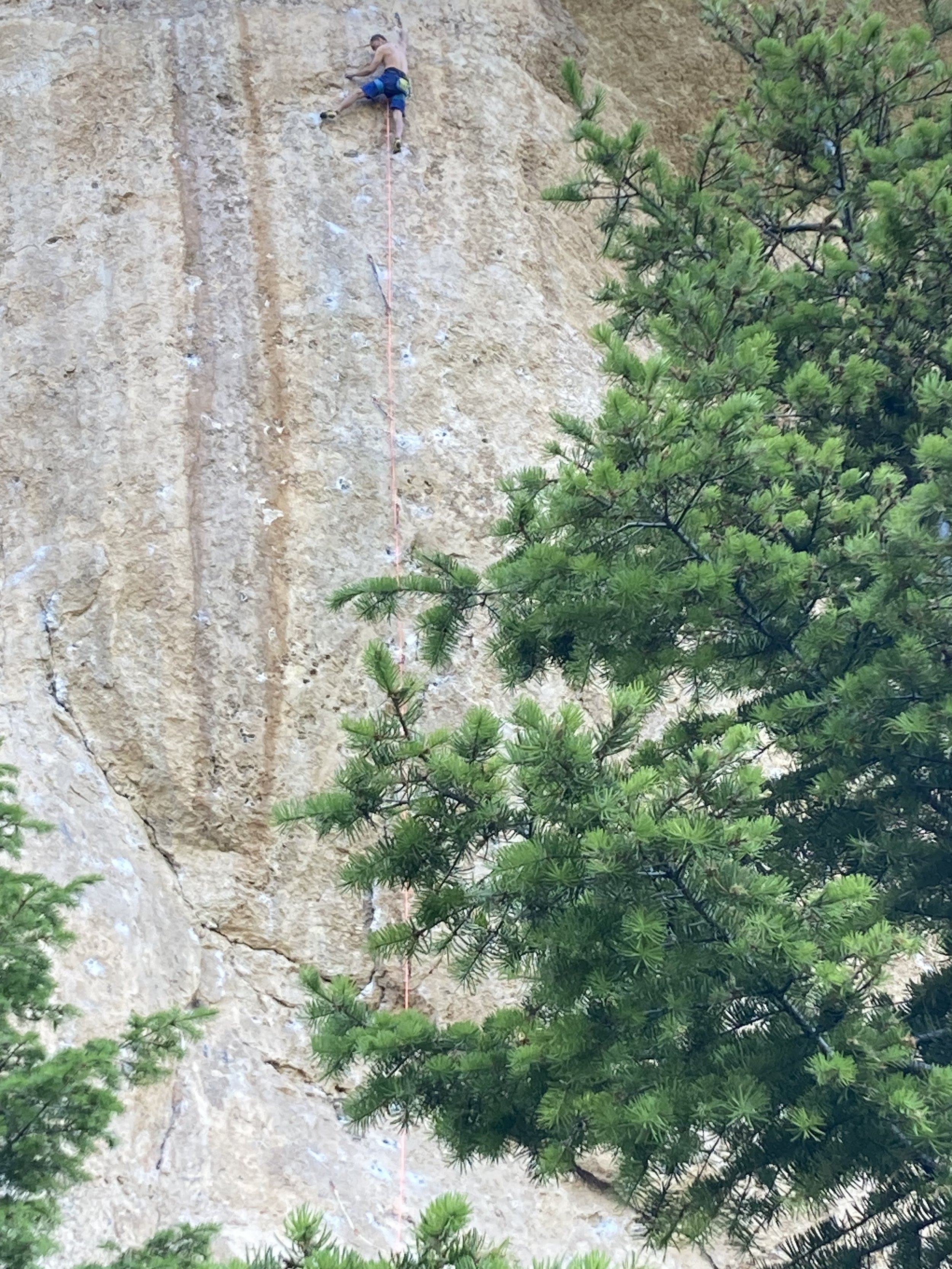
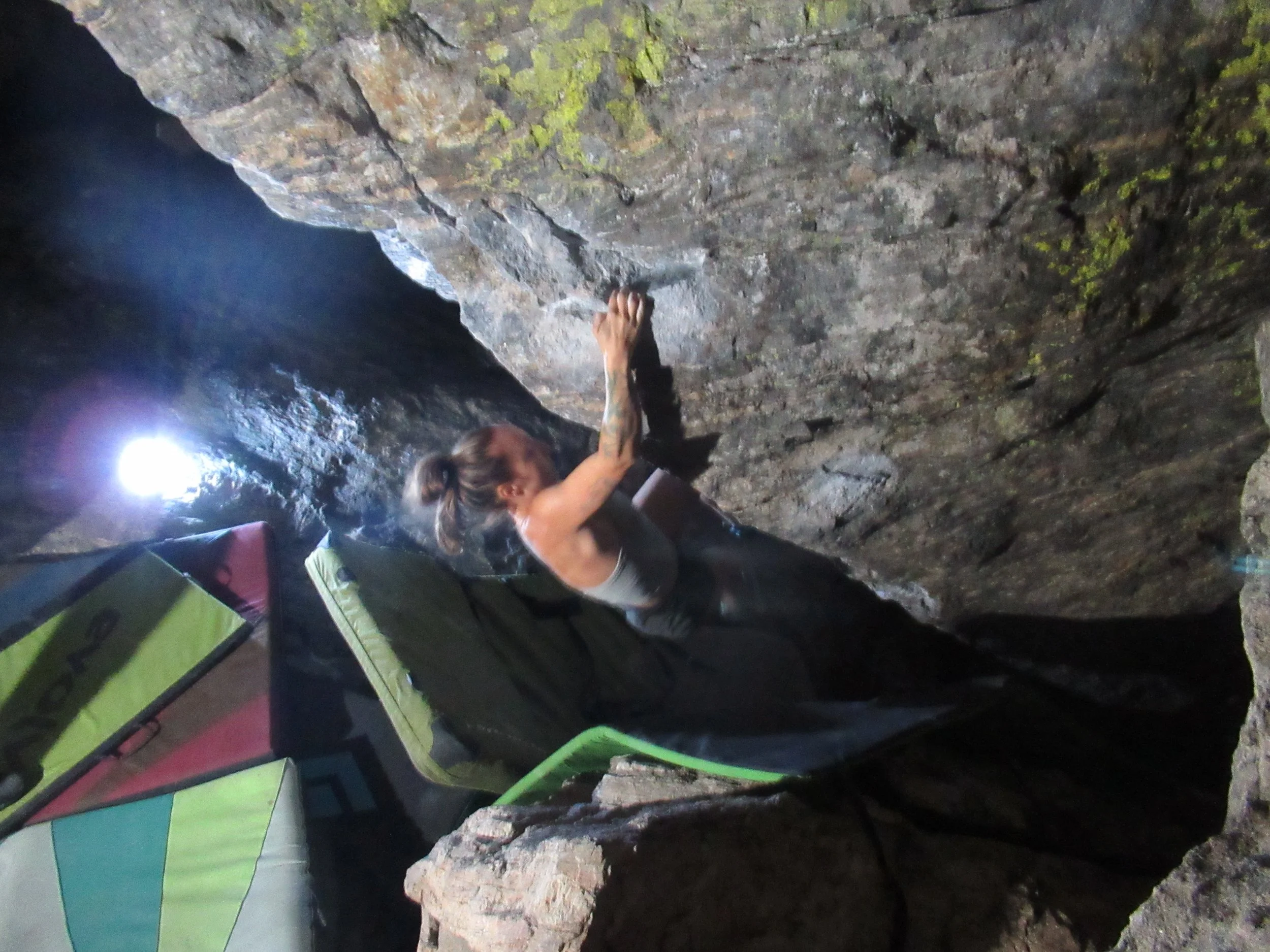
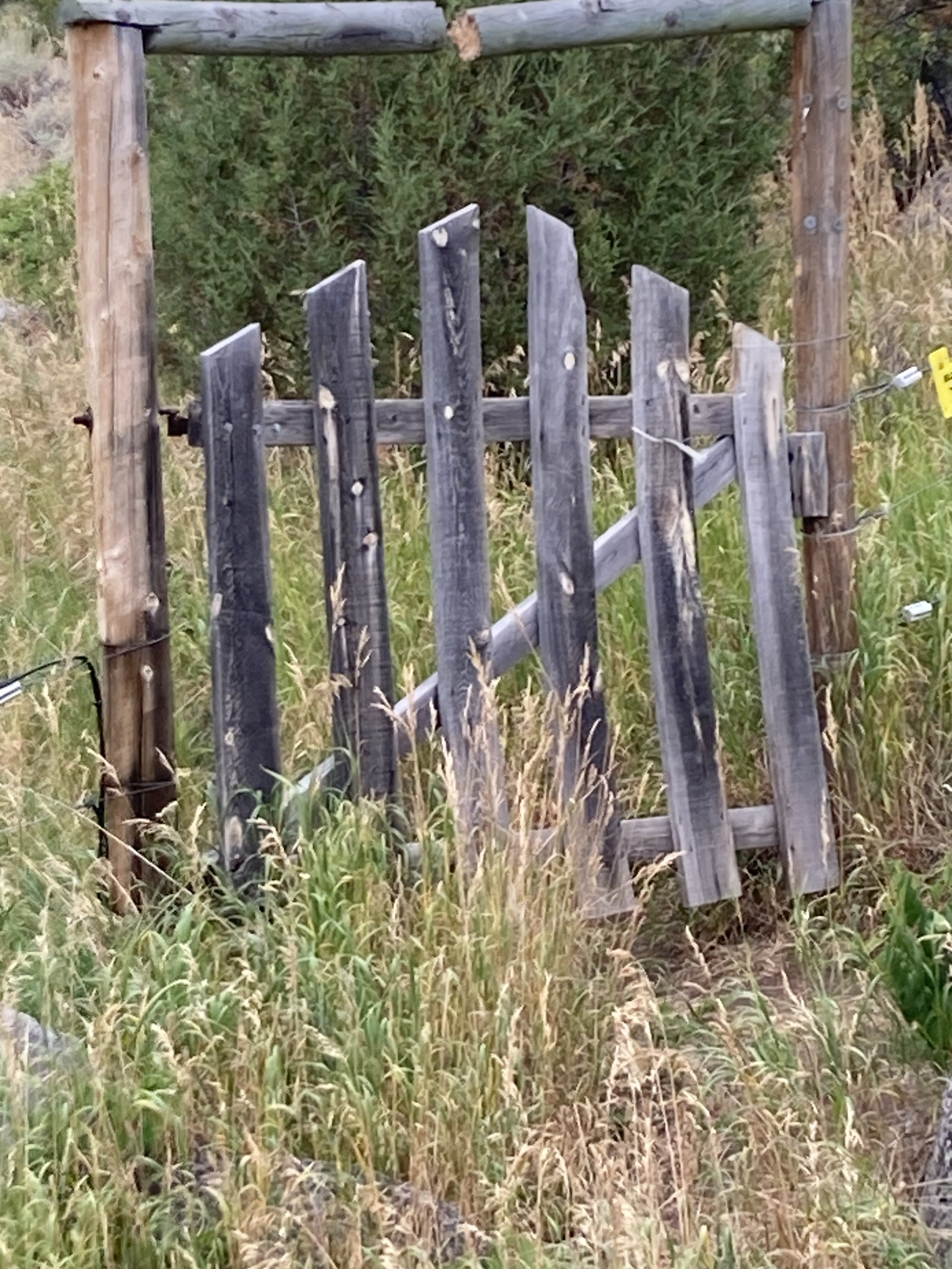
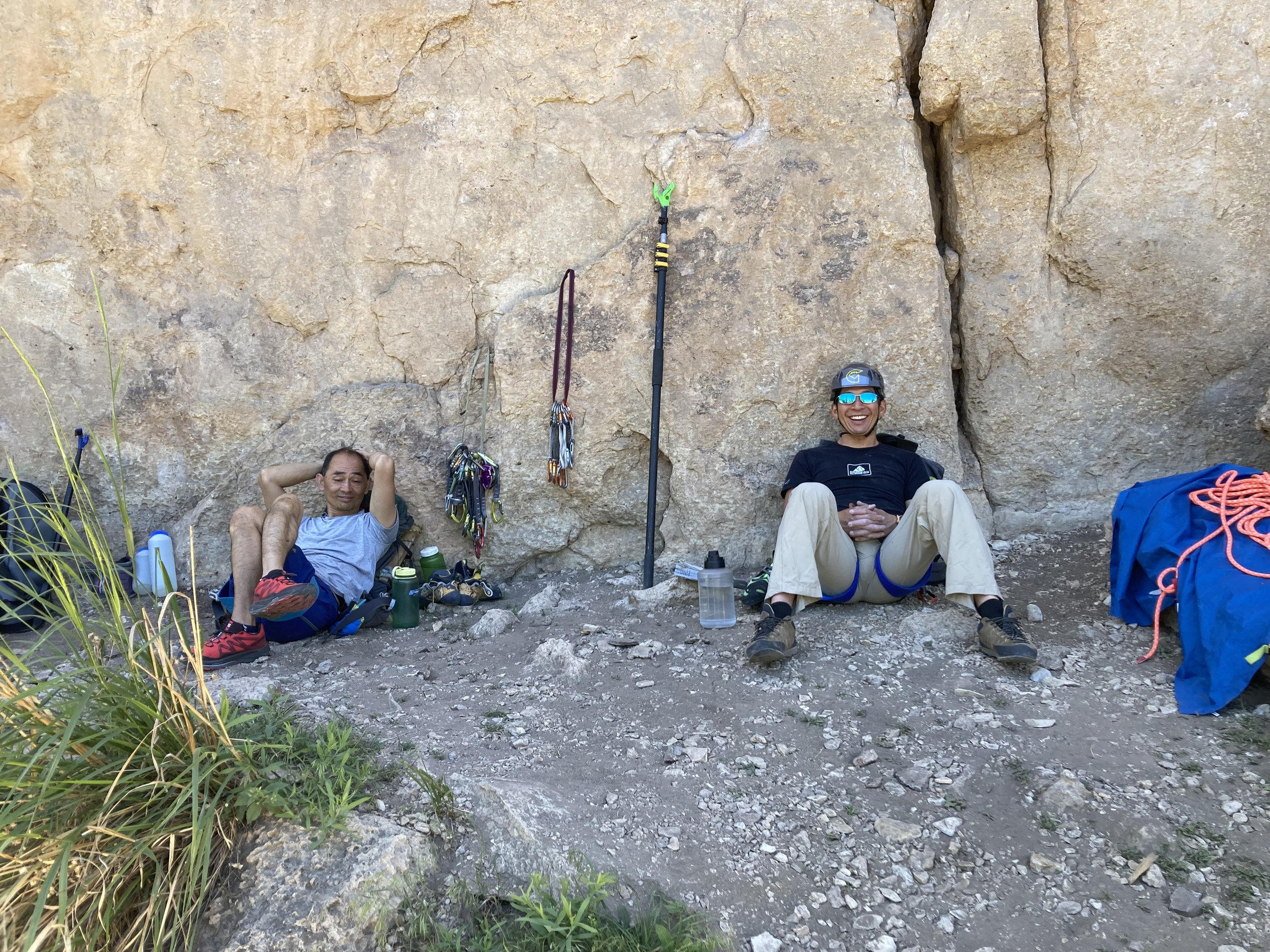
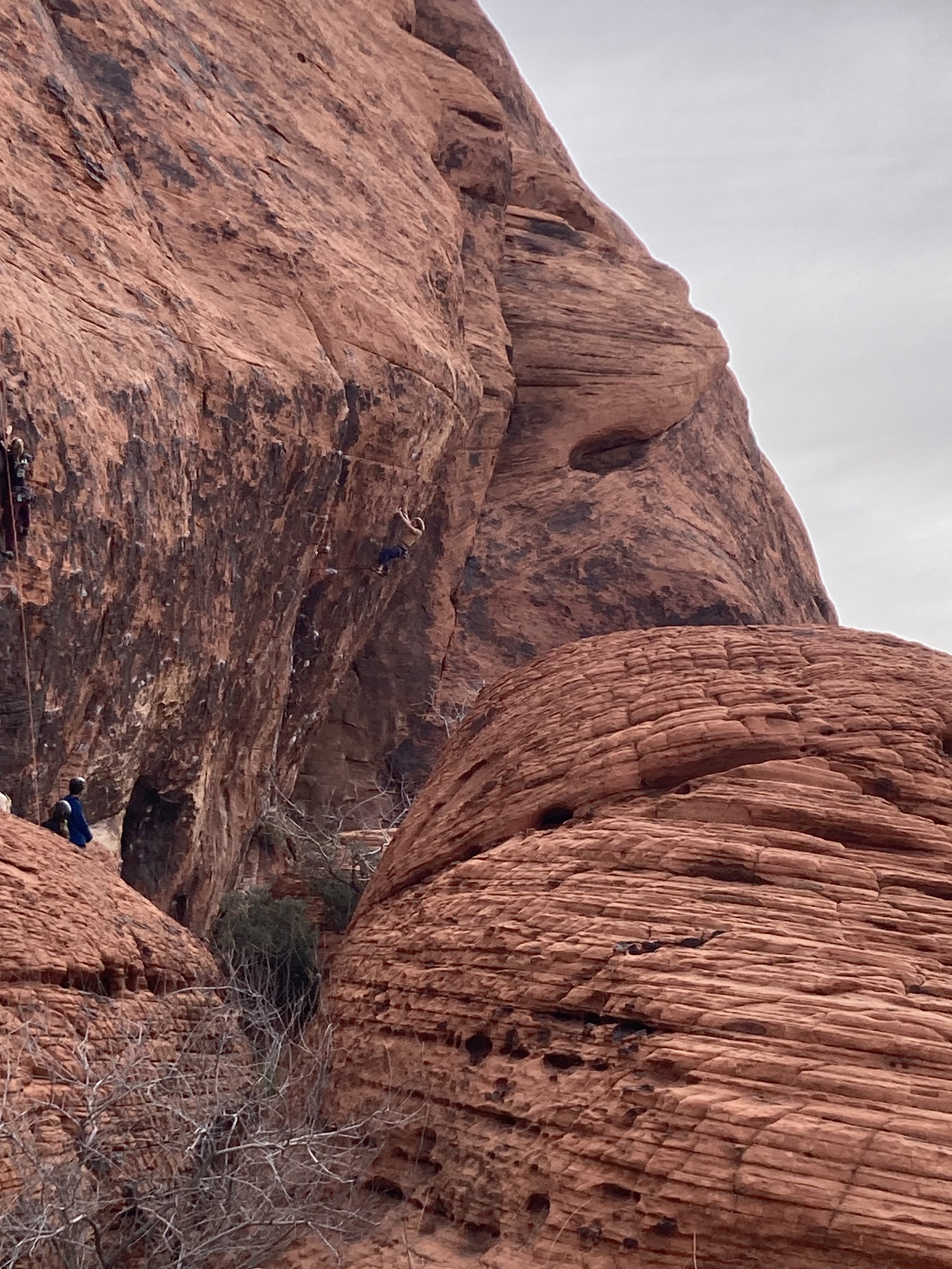
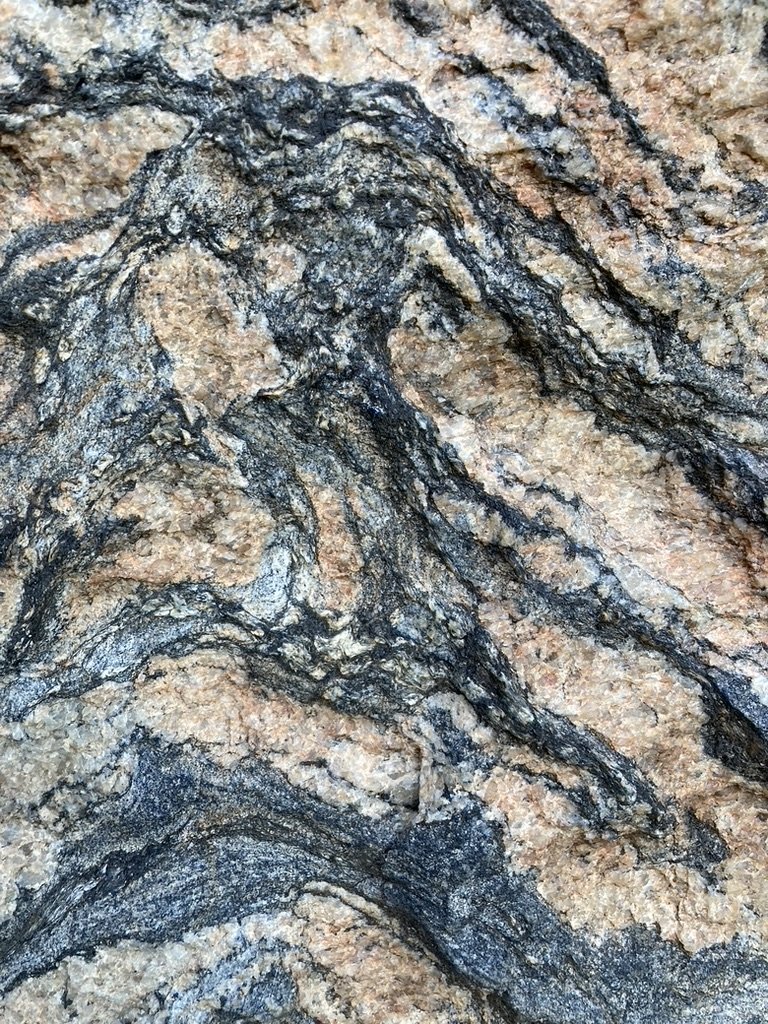
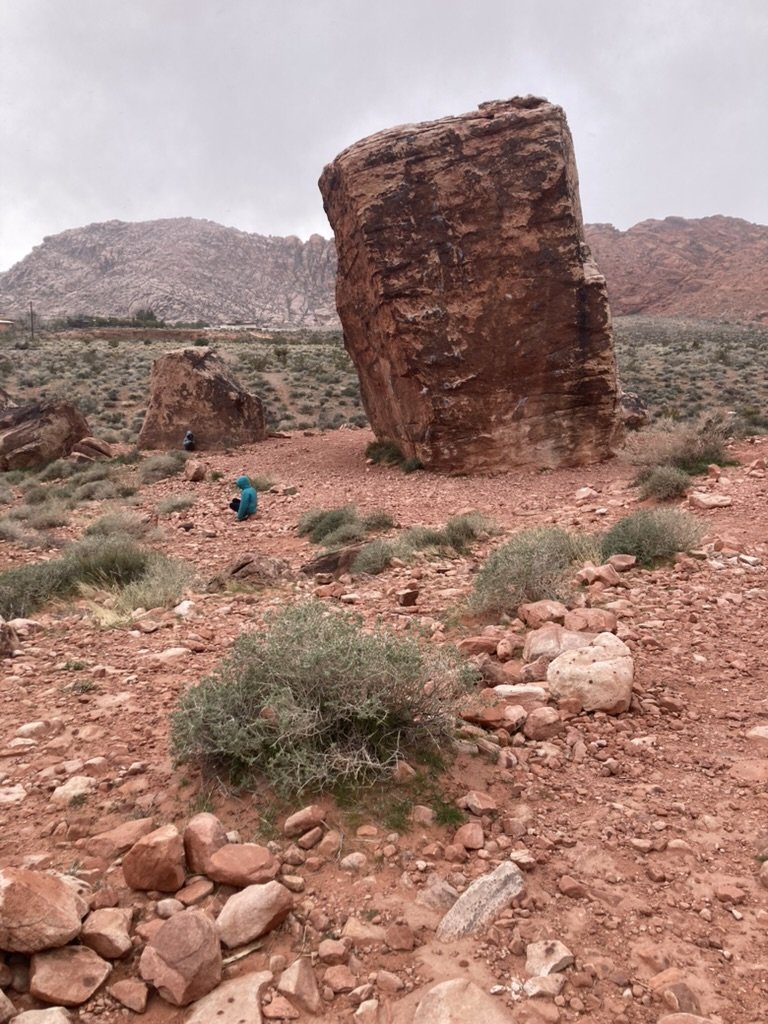

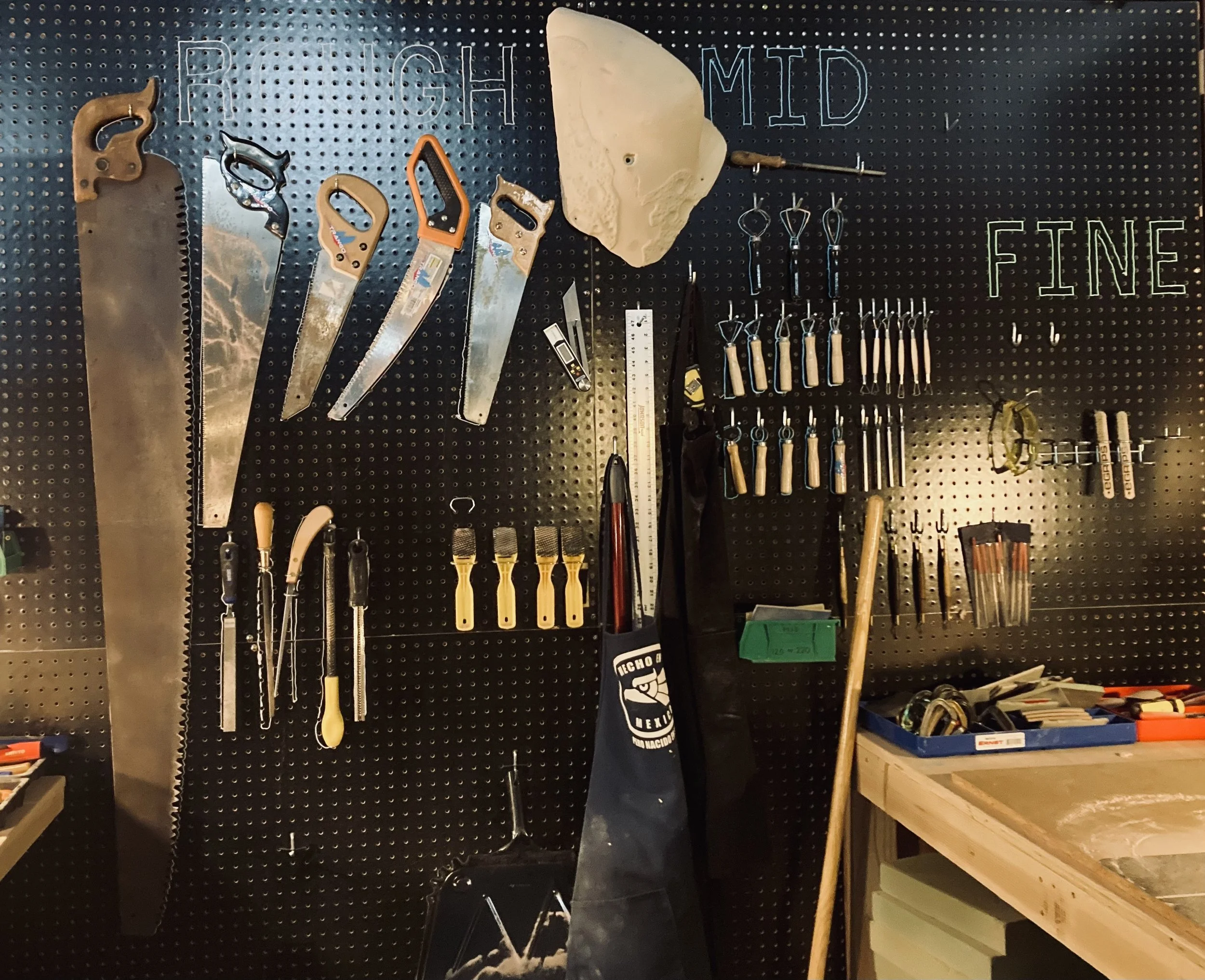
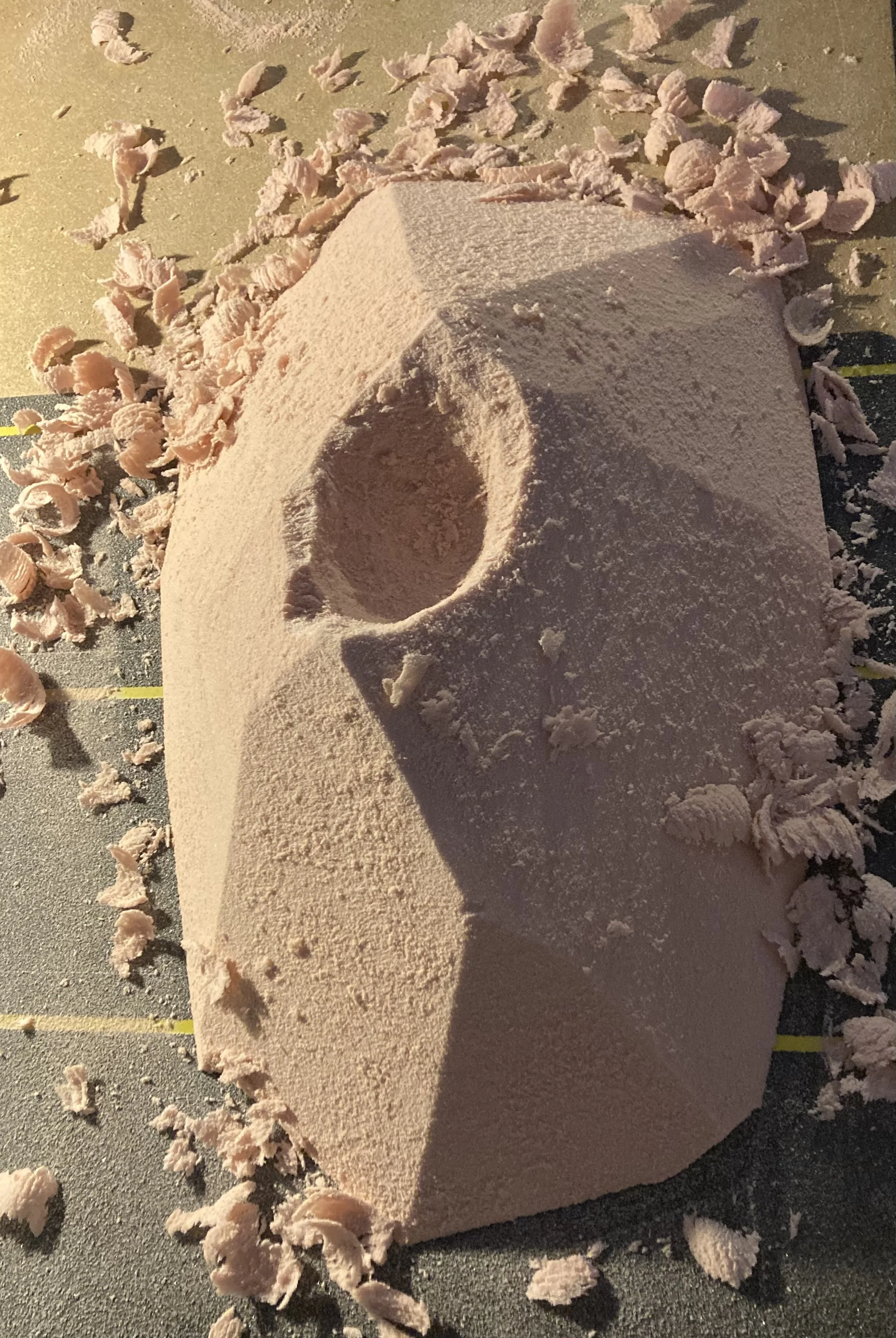
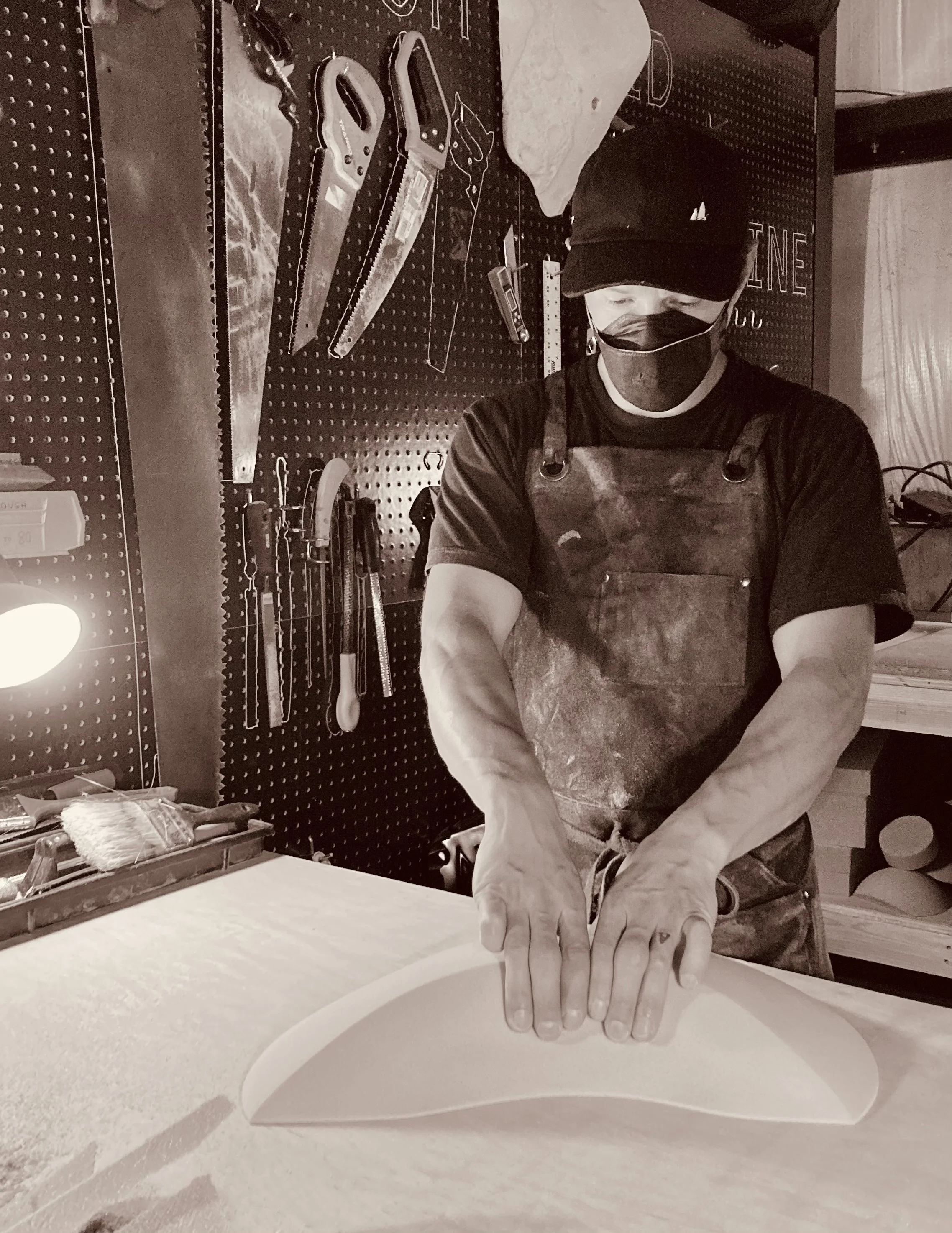

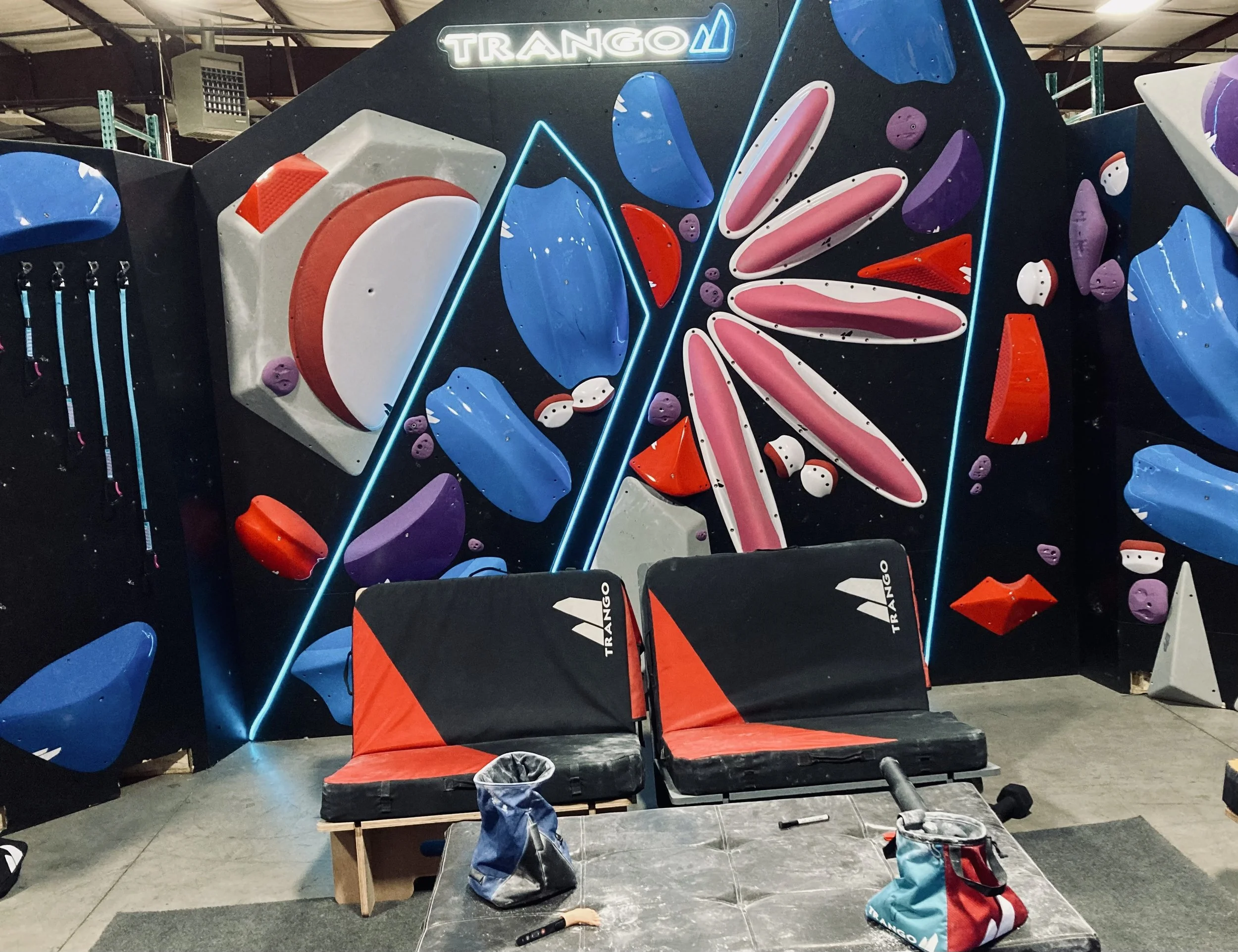

Climbers use the term “intensity” mostly as a synonym for power or concentrated effort. But the broader concept of intensity as progressive gradation operates as an idealized quality in the sport, manifest across multiple dimensions, including difficulty, strength, tryhard, and boldness.
How is ethnography, as the “writing of cultures,” redefined back by its encounter with geologic things and processes?
We must not only ask how humans bring nonlife into the social fold, but also explore how humans share with nonlife the capacity to affect and provoke through material, non-symbolic means .
“Although physics began with ordinary objects, it developed as a science of forces and movements that are less obviously material yet from which matter is inseparable” (Coole and Frost 2010: 11). Indoor climbing began with ordinary objects. Artificial walls were furnished with holds that either were rock or mimicked rock, and climbers did moves designed to imitate action outside. The division between persons and things was clear.
Read: “How the Evolution of Holds Changed the Way We Move.” Climbing Magazine, 2024.
Read: “What Constitutes a Person? Inalienability, Value, and Personhood in Anthropological Theory.” Anthropological Theory Commons (Short-Form Theory). 2025.